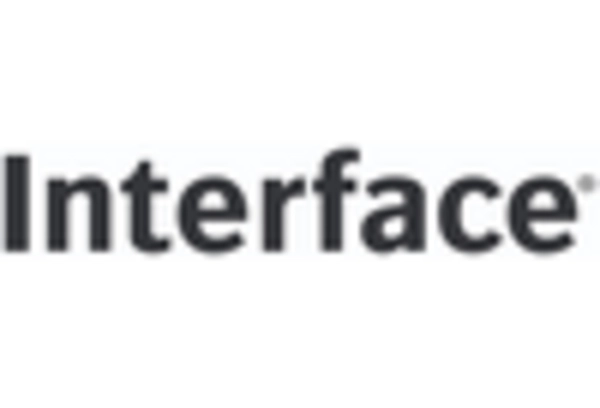Rising Energy Costs
The increasing costs of energy in the US are driving the zero energy-buildings market. As traditional energy prices rise, building owners and developers are seeking ways to mitigate these expenses. Zero energy buildings, which produce as much energy as they consume, offer a viable solution. According to the US Energy Information Administration, energy prices have seen a steady increase, with electricity prices rising by approximately 15% over the past five years. This trend compels stakeholders to invest in energy-efficient technologies and renewable energy sources, thereby propelling the zero energy-buildings market forward. Furthermore, the long-term savings associated with reduced energy consumption make these buildings an attractive option for both residential and commercial sectors. As energy costs continue to escalate, the demand for zero energy buildings is likely to grow, indicating a robust market potential.
Technological Integration
The integration of advanced technologies is a key driver of the zero energy-buildings market. Innovations in energy management systems, smart grids, and renewable energy technologies are enhancing the efficiency and performance of buildings. For example, the use of solar photovoltaic systems has become increasingly prevalent, with the US Solar Energy Industries Association reporting a growth of over 20% in solar installations in the past year. Additionally, energy storage solutions, such as batteries, are enabling buildings to store excess energy generated during peak production times. This technological evolution not only improves energy efficiency but also enhances the overall appeal of zero energy buildings. As technology continues to advance, the zero energy-buildings market is likely to benefit from increased adoption and investment in these innovative solutions.
Government Mandates and Policies
Government mandates and policies play a crucial role in shaping the zero energy-buildings market. Various states have implemented building codes and regulations that require new constructions to meet specific energy efficiency standards. For instance, California's Title 24 mandates that all new residential buildings be zero net energy by 2020, which has significantly influenced the market dynamics. These regulations not only encourage the adoption of renewable energy technologies but also promote energy-efficient designs. The US Department of Energy has also set ambitious goals for reducing energy consumption in buildings, further supporting the zero energy-buildings market. As more states adopt similar policies, the market is expected to expand, driven by compliance requirements and incentives for sustainable building practices.
Environmental Sustainability Goals
The growing emphasis on environmental sustainability is significantly influencing the zero energy-buildings market. As climate change concerns escalate, both consumers and businesses are prioritizing sustainable practices. The US government has set ambitious targets for reducing greenhouse gas emissions, which align with the principles of zero energy buildings. These structures not only minimize energy consumption but also reduce carbon footprints, making them attractive to environmentally conscious stakeholders. According to the US Green Building Council, green building practices are expected to grow by 20% annually, further supporting the zero energy-buildings market. This shift towards sustainability is likely to drive demand for energy-efficient buildings, as organizations seek to meet their environmental goals while also benefiting from potential cost savings.
Increased Investment in Renewable Energy
The surge in investment in renewable energy sources is a pivotal driver for the zero energy-buildings market. As the US transitions towards cleaner energy solutions, there is a notable increase in funding for solar, wind, and other renewable technologies. The US Department of Energy reported that investments in renewable energy reached over $50 billion in 2025, reflecting a growing commitment to sustainable energy. This influx of capital not only supports the development of renewable energy projects but also enhances the feasibility of zero energy buildings. By integrating renewable energy systems, these buildings can achieve energy independence and resilience. As investment continues to rise, the zero energy-buildings market is poised for substantial growth, driven by the increasing availability and affordability of renewable energy technologies.

















Leave a Comment